What Leather is Best for Fire Boots?

NFPA (National Fire Protection Association) standards require an 8-inch lace-up style leather boot with a melt-resistant sole.
That’s a mouthful, ain’t it?
What’s not as clear is what type of leather is the best for fire boots. Because even two boots that look the same can have a vastly different performance in the field.
So if you’re getting a new pair of fire boots, you want to make sure you’re getting the right leather that’ll keep your feet protected and comfortable. And if you pick a truly good boot, you’ll have a pair of boots that’ll last you several fire seasons.
What’s the Best Leather for Fire Boots?
It’s pretty obvious with all the flying embers, chainsaws, and loose gravel that a sturdy leather is critical for fire boots.
Most boots use 3-4oz leather which is known as a standard. That’s about 1.6mm-2mm thick, which is decent enough for most light use cases. You’ll find this type of leather usually on boots that cost under $200, and for wildland firefighting, you’ll likely have some embers burn through.
I don’t recommend a boot with 4oz leather as fire boots.
Heavy duty work boots will typically bump up to a 6oz leather and is generally around 2.4-2.6mm thick. This is a minimum standard for fire boots as the added thickness helps protect and offers better ankle support if you’re standing at a steep angle. As a wildland firefighter, you spend a lot of your time on the side of a mountain, so having a bit of extra leather thickness is going to help your ankles feel a lot better at the end of a 16-hour shift.
But at JK boots, we use an 8-9oz bovine leather. That’s 2.8-3.2mm thick. In other words, our leather is about 20% thicker than most heavy duty work boots.
This is the best leather for fire boots.
While a 6oz leather is decent enough to likely get you through a season, an 8oz leather can last you multiple seasons.
Our main boot for wildland firefighters is the JK Fire Inlander. It’s got 8oz oil tanned leather through the entire upper, Technora fire resistant thread, and a Vibram RedX outsole (NFPA rated).
Beyond that, the Fire Inlander has a full oak tanned leather construction, including an 8mm leather midsole, leather insole, a full stacked leather heel, plus a heavy duty leather shank and leather heel counters.
Why Roughout Leather for Fire Boots?
While we like to use oil-tanned 8oz leather, you’ll notice that the JK Fire Inlander sports the roughout side of the leather on the lower portion of the boot.
We recommend roughout leather for the lowers because it’s more abrasion resistant and can take more of a beating and is easier to maintain and clean. However, for the upper portion, we flip the hide around and show the smooth side out.
Since the smooth upper will mostly be covered by your pants, it doesn’t take as many direct hits. The roughout side would catch your pants a bit more, so the smooth side allows for better mobility.
Does the Heat Ruin the Leather?
There are a lot of fire boots that use synthetic fibers, but the fact is that leather is still the best material for fire boots. Just like Merino wool is the best material for socks. Sometimes it’s impossible to beat nature.
But if you’ve ever left a pair of boots too close to the campfire, you’ll know that a lot of direct heat can dry out leather and leave it cracked and parched looking.
Yes, heat can damage leather, but there are a few precautions you can take to make sure your leather lasts multiple seasons.
The main thing you’re going to do before you start punishing your fire boots this season is give them an oiling.
For most jobs, an 8oz oil tanned roughout isn’t going to ever need conditioning. But then again, you’re not working “most jobs.” You’re a wildland firefighter. So you’ll want to condition your boots once a month if you can find the time.
We ship a free bottle of Obenauf’s Leather Oil with the Fire Inlander, and we recommend oiling the entire outside of the boot (besides just around the hardware eyelets) before you set out for the season.
The oil does darken the roughout leather considerably and changes the look, but honestly, so does your first day cutting lines in the mountains. Your boots will grow in comfort and uniqueness as they take on a one-of-a-kind patina from days spent in the wild.
A good oiling will keep your leather supple throughout the season, even if you’re working on or near a lot of active embers.

Want the Best Fire Boots?
The JK Fire Inlander is tailor-built specifically for wildland firefighters.
Hundreds of firefighters have tried the Inlander and have become JK lifers. In fact, check out what one customer, Christian W. has to say about our Fire Inlander:
In short: the minimum leather thickness you want to see in a fire boot is a 6oz leather. We use an 8oz leather at JK because we expect your boots to last you several seasons.
And you want leather that doesn’t need a lot of care and can take the heat without cracking.
Our oil-tanned roughout is exactly the kind of protection you need from the elements.
Get the JK Fire Inlander today.
FAQs
What are firefighter boots made of?
For structural fire boots, most are made of leather or even rubber in some cases. Almost all wildland fire boots are made from leather. The best wildland fire boots are made from 8oz oil tanned leather, like the JK Fire Inlander.
Does leather have a fire rating?
Yes, leather is able to withstand temperatures from 300-375F without structural damage. It can withstand 400F heat in short exposures and only begins to become irreversibly damaged with prolonged exposure over 400F. This flame resistance is what makes leather such a great material for wildland fire boots.

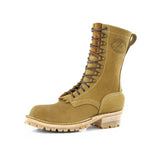


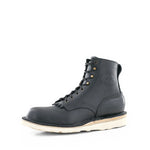
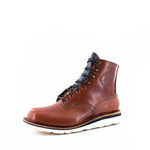
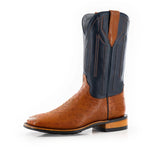
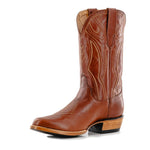
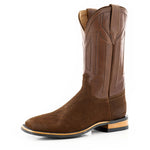



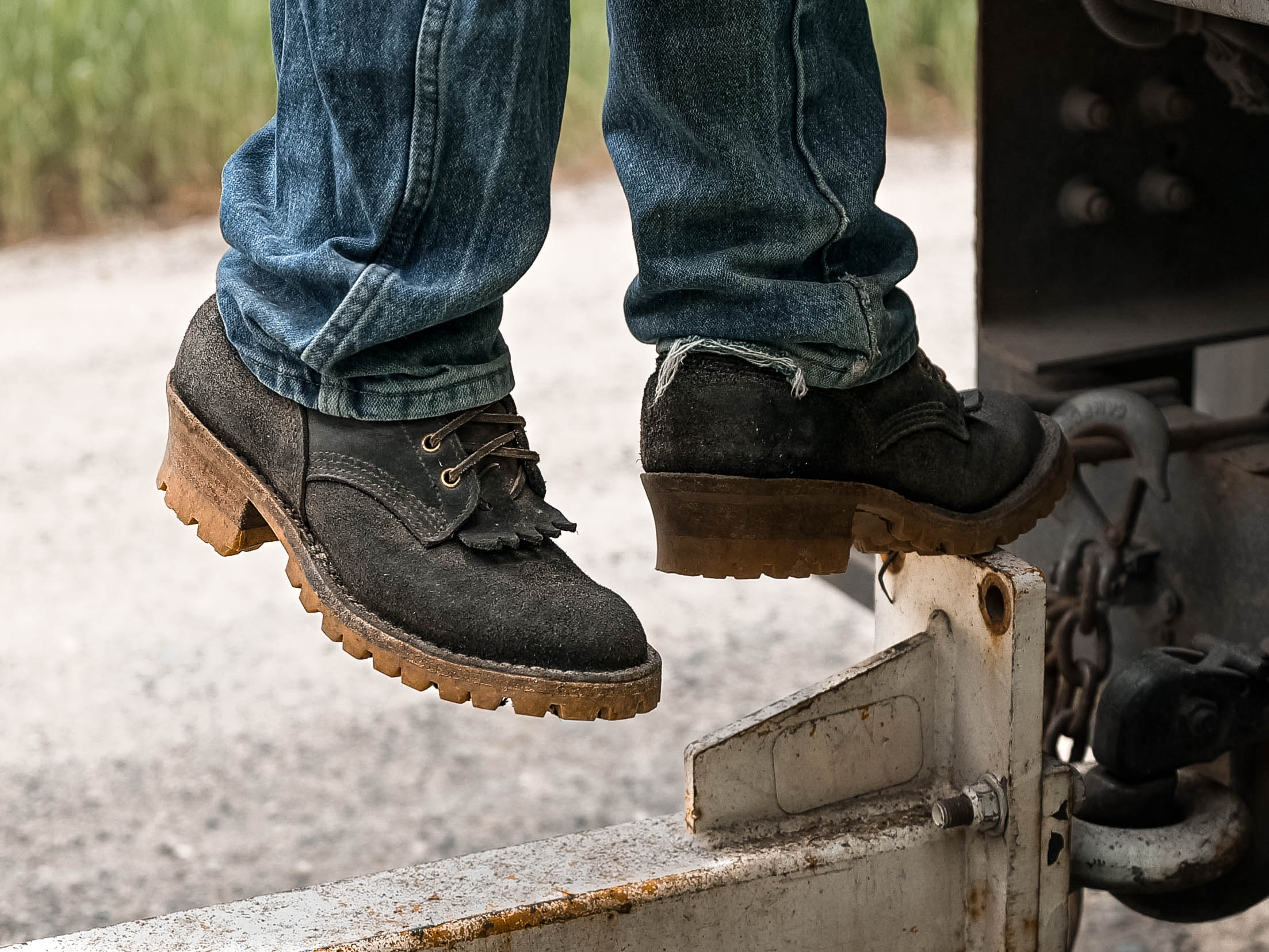
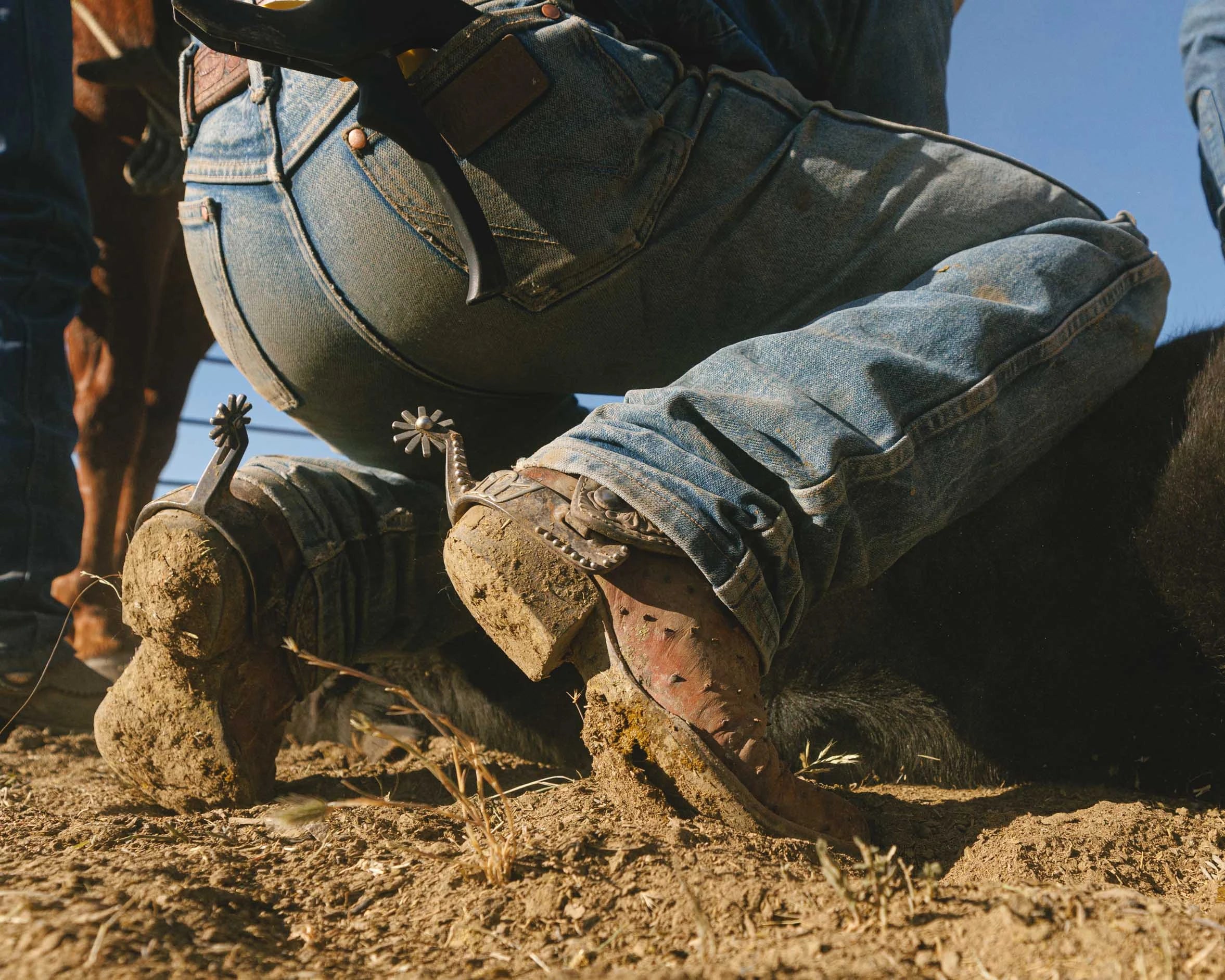
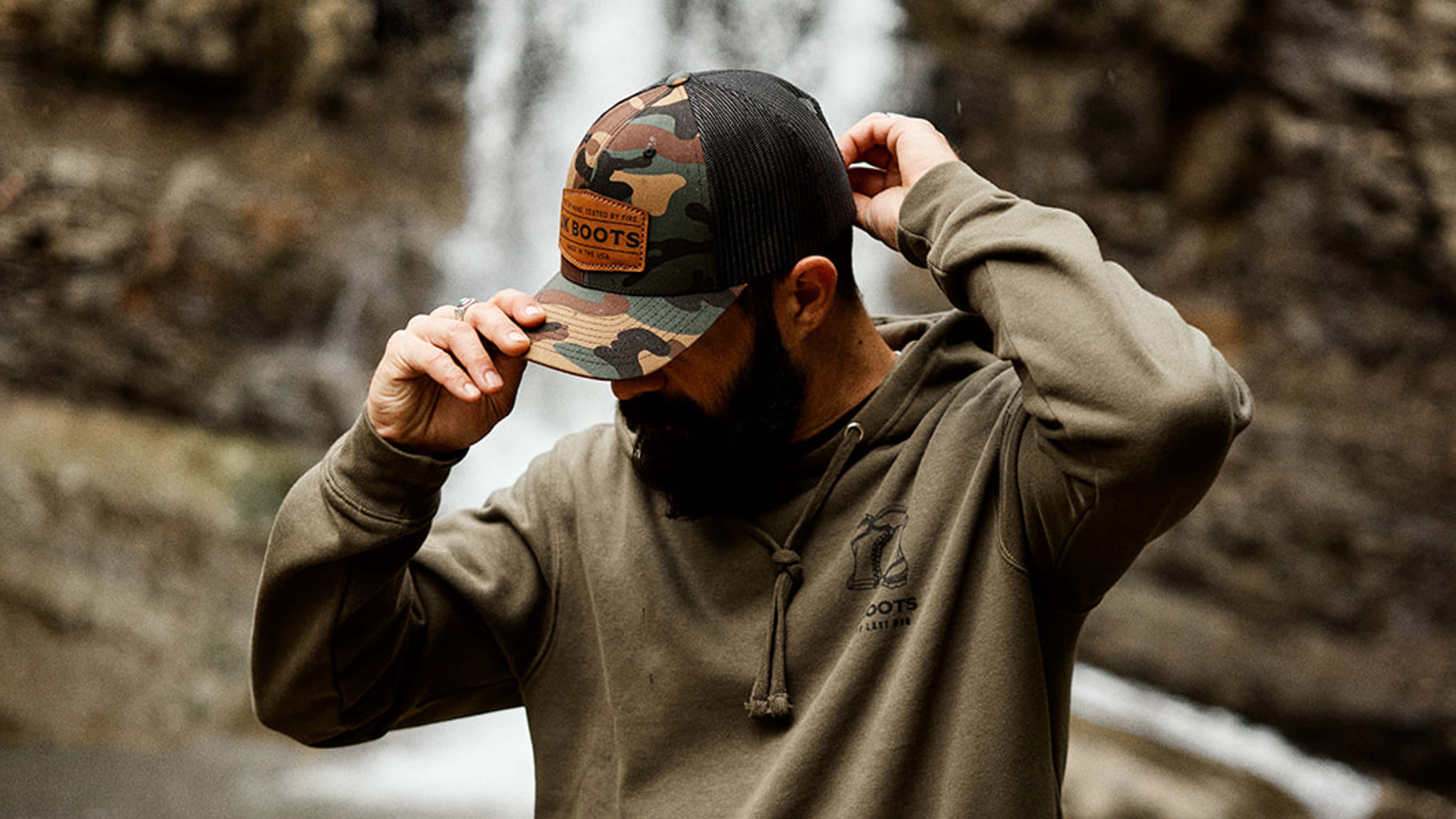
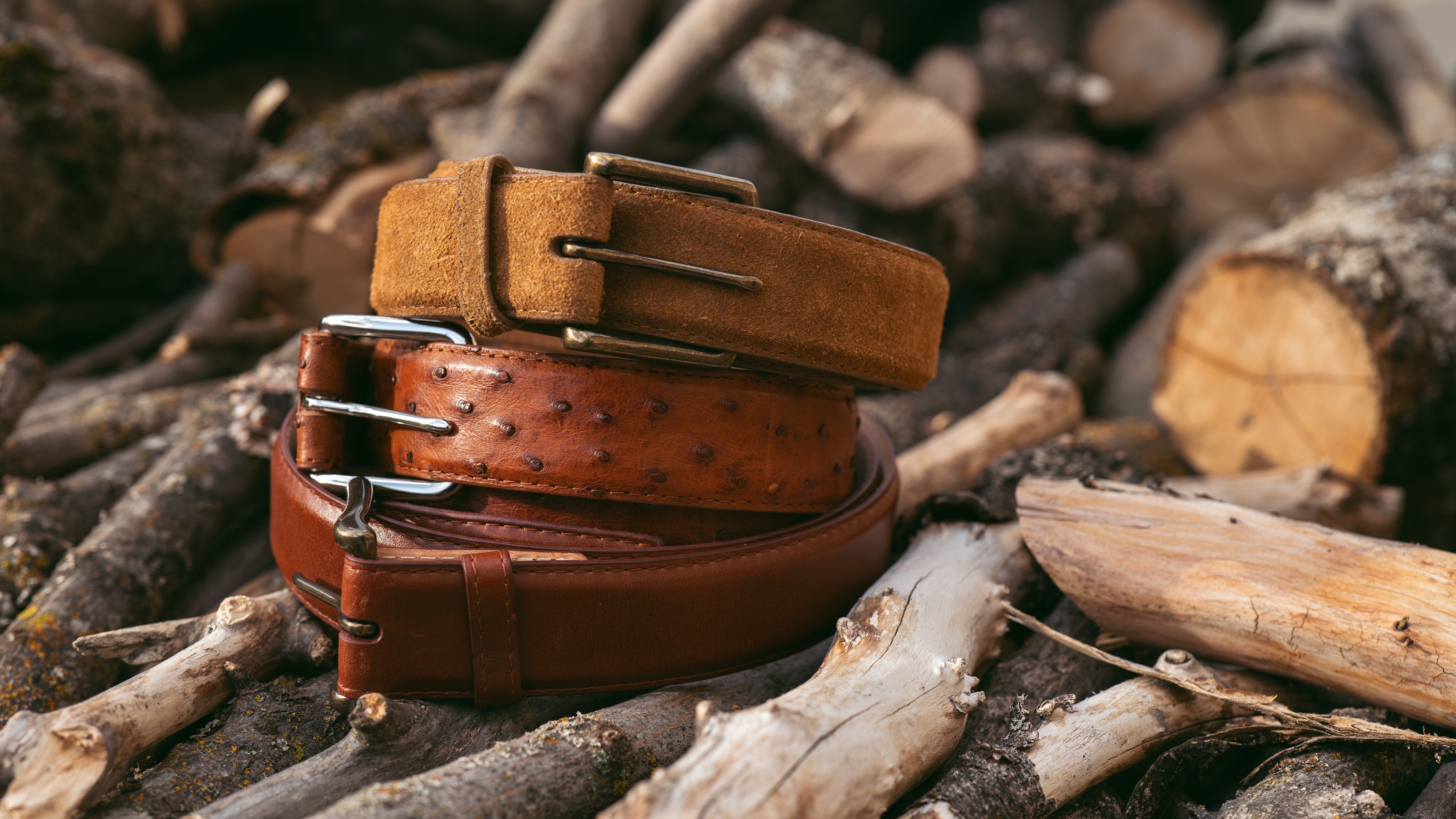

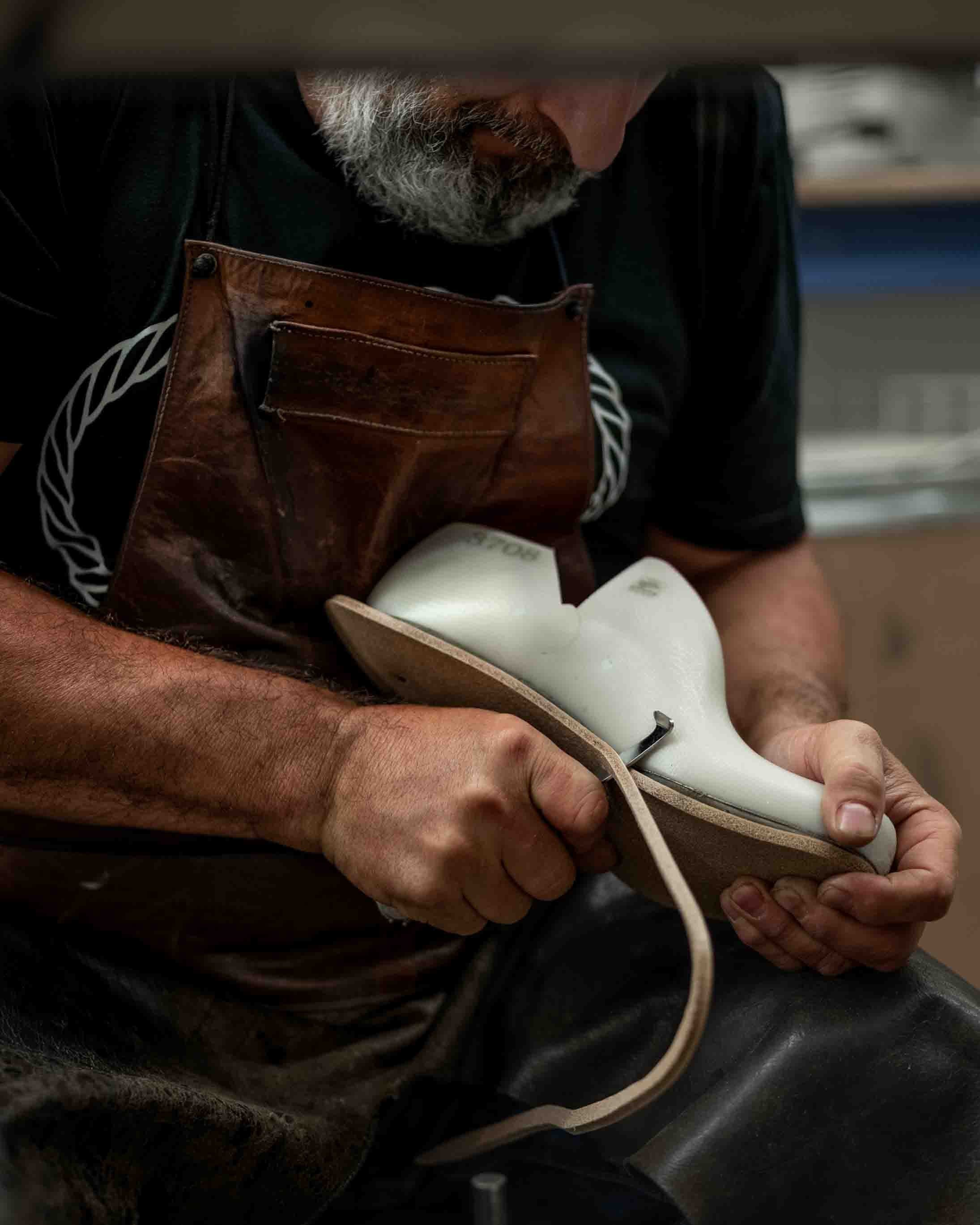
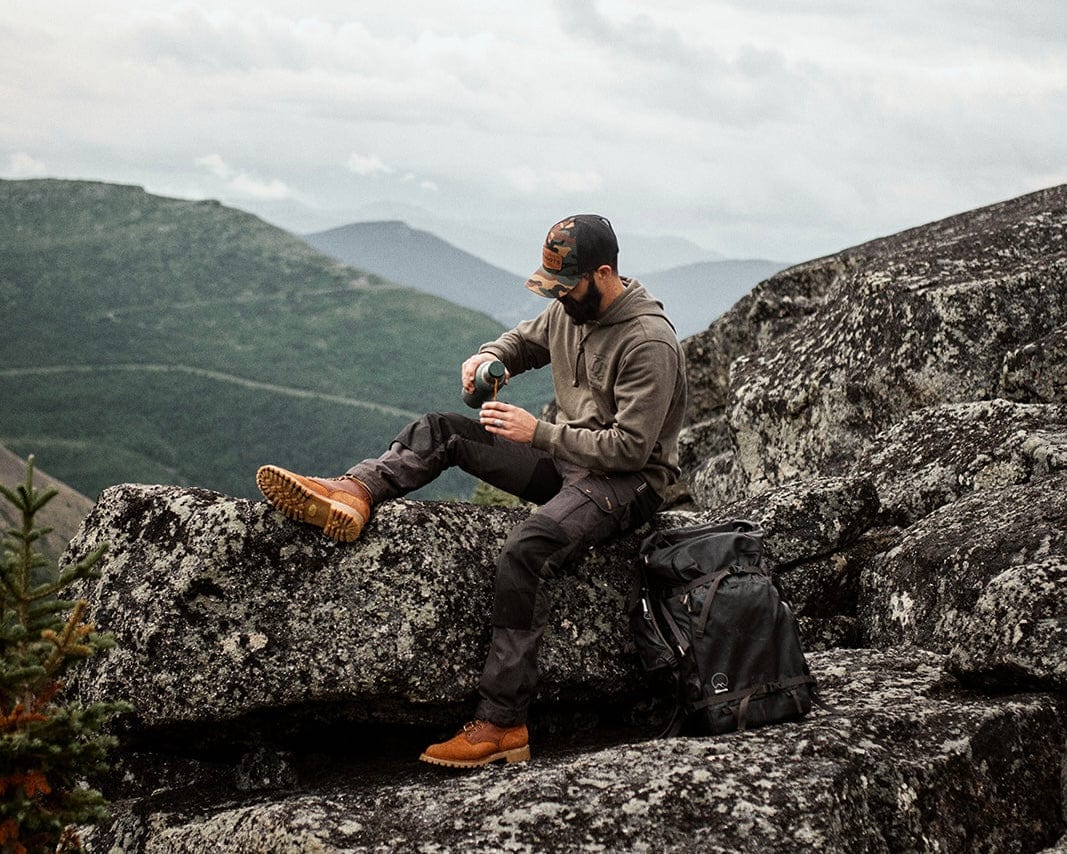
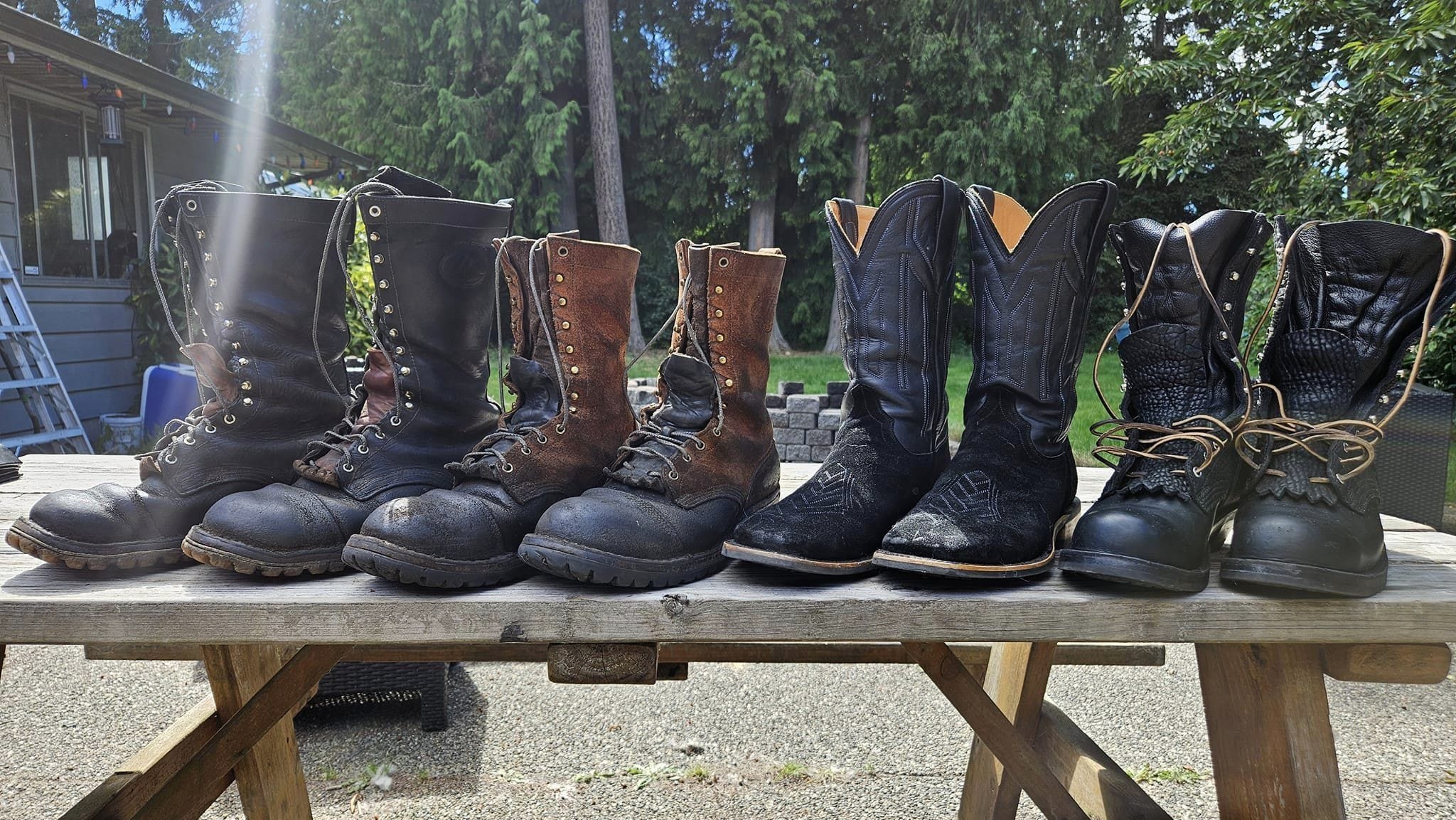
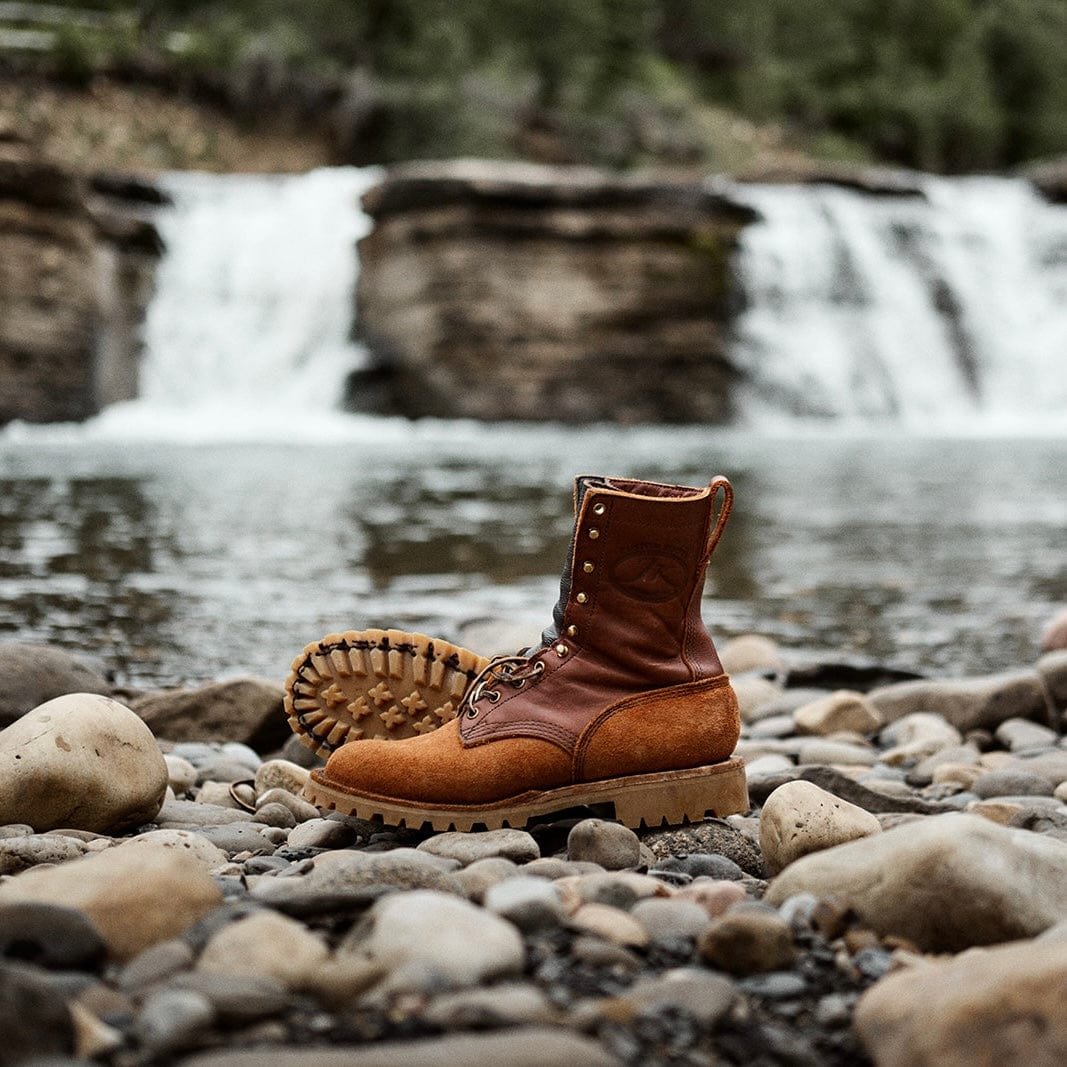
Leave a comment